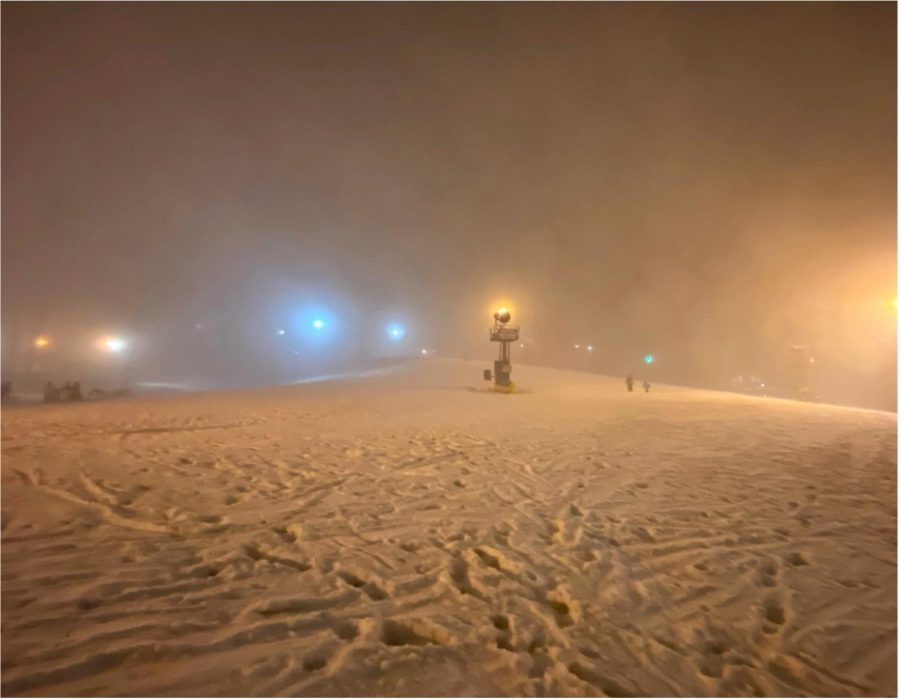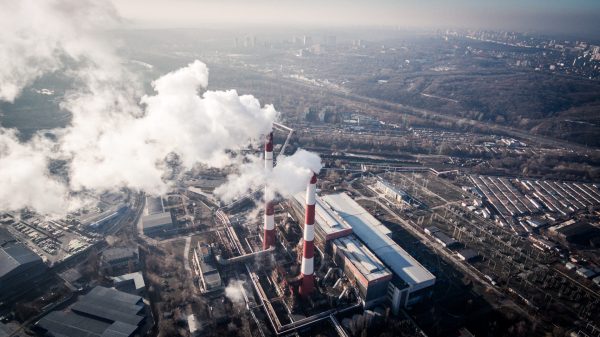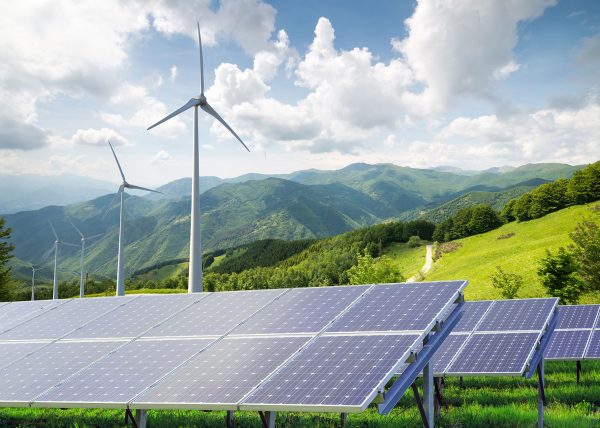Subversive Synthetic Snow
Artificial snow creates adverse effects on the environment
West Virginia Ski Resort utilizes artificial snow.
March 9, 2022
Warming temperatures equate to fewer global destinations where snow and ice sports can take place in natural conditions. As an adapting strategy, artificial snow is utilized to mimic the look and qualities of natural snow. Even though artificial snow is employed purely for enjoyment, it holds horrific impressions on the environment.
In the 2022 Winter Olympics, Beijing made history as the first host of the Winter Olympics to rely almost entirely on artificial snow. An estimate of 49 billion gallons of water had been used to make the artificial snow for the 2022 Games, despite Beijing being one of the most water-scarce cities in the world. To meet its water demands, Beijing diverted water from its rivers in the south. When judging the impact of artificial snow on the environment, where the electricity and water come from is considered. If it means diverting rivers and emptying lakes, then it discernibly influences local wildlife and terrain and can cause droughts.
Ellen Fields (11), an environmental science student, emphasizes that there could have been better alternatives than introducing artificial snow into the 2022 Olympics.
“The Winter Olympics shouldn’t be placed in a location that doesn’t have natural snow. Artificial snow is a negative externality, and it is terrible for the environment,” Fields said.
According to Powder, a ski magazine, its estimated that 90% of North American ski resorts utilize artificial snow. Artificial snow is equipped with the replica abilities of natural snow; however, it is not a sustainable resolution in the long run. In a period of global climate continuing to increase, snowmaking will continue to become routine.
Auden Schendler, vice president of sustainability at Aspen Ski Company, believes in the use of artificial snow.
“It’s the price of doing business, a necessary evil,” Schendler said. “You can’t operate in the modern ski world at the level we do without it. It’s very environmentally damaging, as well as very energy and water intensive.”
Unfortunately, artificial snow uses massive amounts of electricity and water in its creation, about 10 liters per second, which is not only expensive but unsustainable as well. The energy primarily derives from non-renewable sources and only seeks to put more strain on the environment. The artificial snow pumping machines must run nonstop for an entire day to produce the snowing effect and fill the area with white, powdery material. The machines will end up creating, on average, 1.2 million cubic meters of snow.
Some ski resorts try to source their water responsibly and use solar panels or windmills to generate electricity, which can help mitigate the effect on the environment. However, creating artificial snow also requires setting up infrastructure such as water reservoirs and pipes, which have their own impact on the mountain scenery and can even lead to erosion. Even if the use of synthetic snow is powered by renewables it will still require a huge amount of energy, which is both costly and a significant drain on water resources.
Then there is the mere presence of the snow itself. Artificial snow not only has adverse impacts on landscapes, but local ecology as well. To increase freezing temperatures and structurization, chemicals or biological additives may be added to the water. Pesticides were added to fake snow used at the 2010 Vancouver Games to allow the water to freeze at elevated temperatures. The chemical composition of the snow can also disrupt vegetation as it remains longer on the ground in the melting season, delaying plant growth.
Sören Ronge, Europe coordinator at Protect Our Winters Europe, sees artificial snow as an adaptation strategy to the wider issue of climate change and its threat to not only the future of the Winter Olympics but the planet.
“It’s important to emphasize that artificial snow is not a long-time solution, but an adaptation strategy. If we want to safeguard the future of winter sports, we need systemic solutions that drastically reduce emissions and mitigate the impacts of climate change,” Ronge said.




















